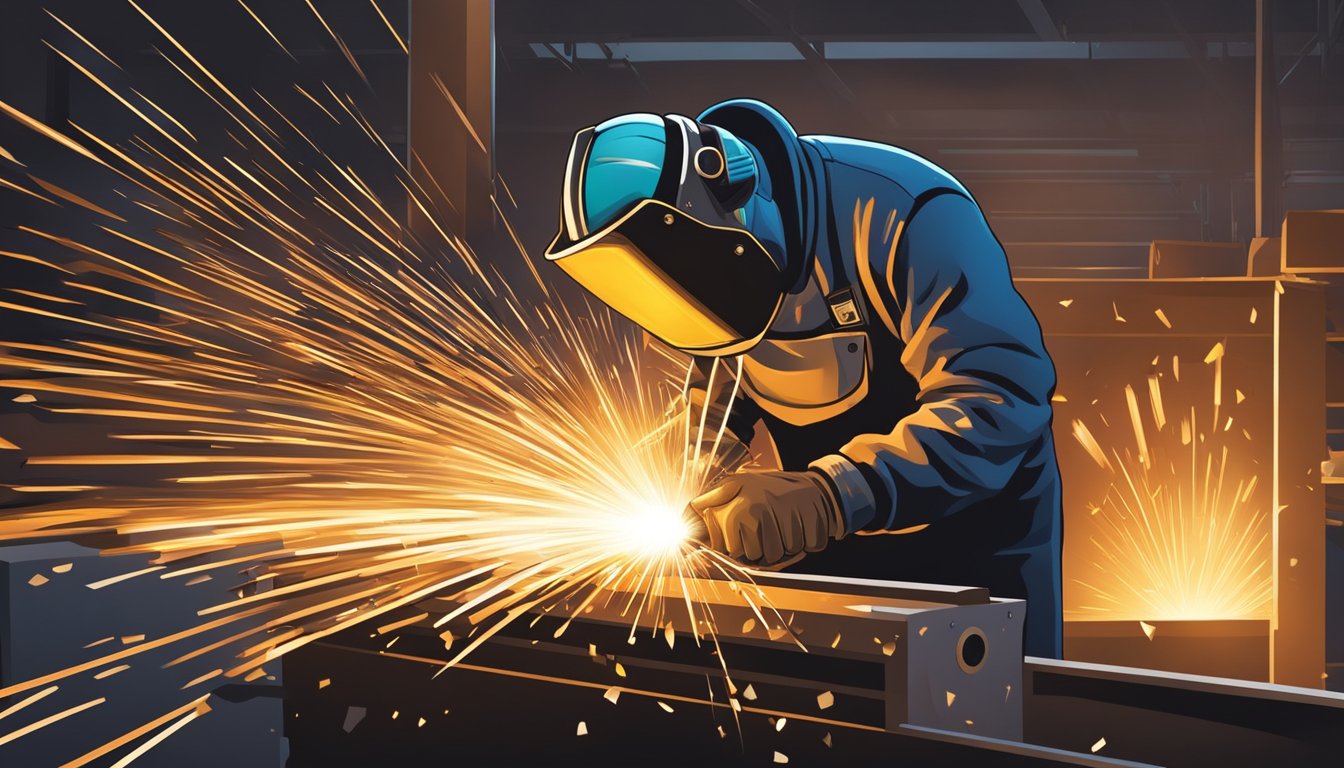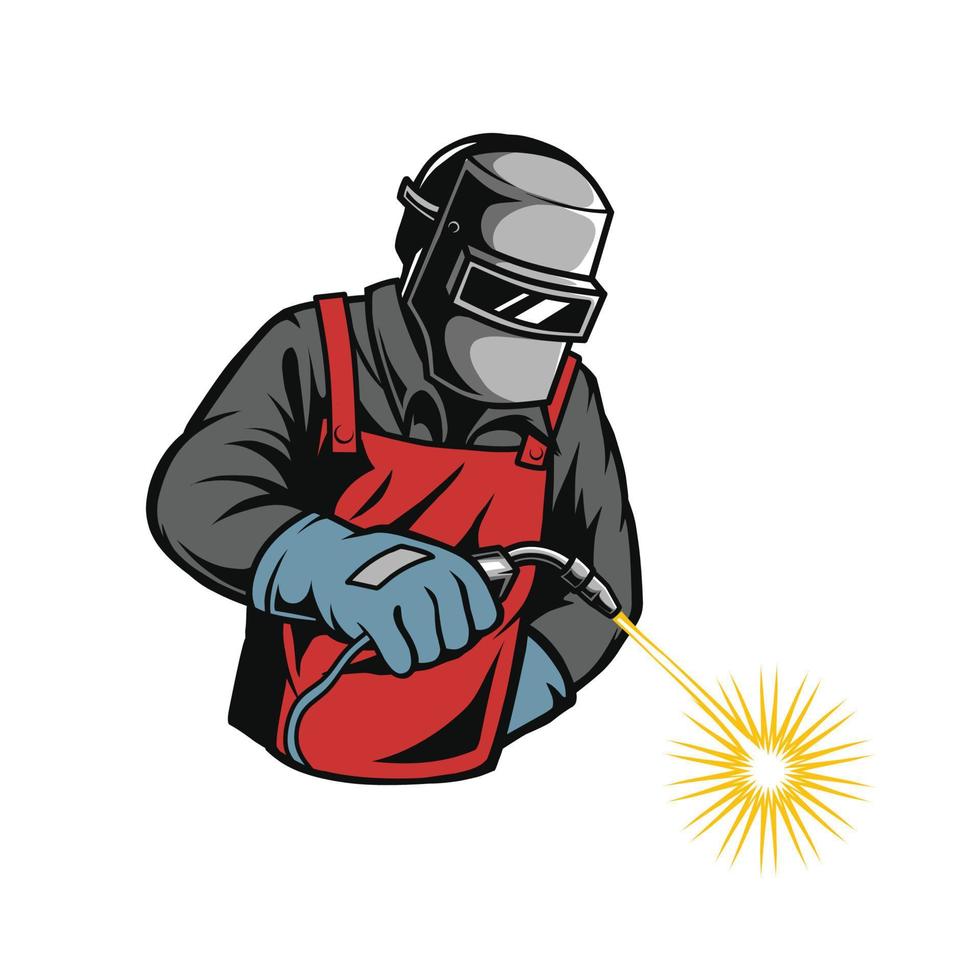Welding WPS Explained: Trick Parts and Advantages for Your Welding Procedures
Welding WPS Explained: Trick Parts and Advantages for Your Welding Procedures
Blog Article
The Ultimate Guide to Welding WPS Procedures: A Thorough Overview for Welders
In the intricate world of welding, Welding Procedure Specs (WPS) act as the foundation of guaranteeing high quality, consistency, and safety in welding procedures. Comprehending the nuances of creating, implementing, and keeping an eye on WPS treatments is necessary for welders seeking to boost their craft and meet market requirements. As we explore the various elements of a WPS and check out the intricacies of qualification and qualification, we will reveal the crucial duty these treatments play in the realm of welding. Let's embark on a trip to decipher the intricacies and significance of WPS procedures in welding methods.
Relevance of WPS Procedures
Recognizing the value of Welding Procedure Specifications (WPS) procedures is vital for making sure the top quality and integrity of welded frameworks. WPS procedures serve as a roadmap for welders, laying out the essential actions, specifications, and materials needed to accomplish a sound weld. By sticking to WPS standards, welders can make sure consistency in their work, bring about reputable and structurally audio welds.
One of the primary factors why WPS treatments are necessary is their role in preserving weld quality and stability. Following the defined welding specifications and strategies described in the WPS aids avoid issues such as porosity, splitting, or incomplete combination, which can compromise the strength and longevity of the weld.

Parts of a WPS
A Welding Procedure Spec (WPS) generally comprises crucial elements that detail the details demands for executing a weld, ensuring uniformity and high quality in the welding process. The vital parts of a WPS include necessary variables such as base metals, filler metals, interpass and preheat temperature levels, welding procedures, protecting gases, welding settings, and post-weld heat treatment needs.
Base metals refer to the products being signed up with, while filler metals are made use of to fill the gap in between the base steels during welding. Preheat and interpass temperatures are critical for managing the warm input and protecting against problems like breaking or distortion. The welding procedure lays out the specific method to be used, whether it's gas metal arc welding (GMAW), protected steel arc welding (SMAW), or another technique. Shielding gases protect the weld pool from climatic contamination. Welding placements define the orientations in which welding can be executed. Post-weld heat treatment may be essential to soothe tensions and enhance the weld's buildings. An extensive understanding of these elements is vital for developing a extensive and effective WPS.

Qualification and Qualification
Having actually developed the crucial parts of a Welding Treatment Requirements (WPS), the focus currently moves in the direction of the crucial aspects of certification and accreditation in welding techniques.

Qualification, on the various other hand, is the official acknowledgment of a welder's certifications by a pertinent accreditation body or organization. Welding certifications are usually based upon the particular welding processes, materials, and settings a welder is qualified to deal with. Holding a valid welding certification shows that a welder satisfies industry criteria and is experienced to carry out welding jobs to the called for specs.
Developing a WPS
To establish a Welding Treatment Specification (WPS) that fulfills sector requirements, cautious consideration of welding processes, materials, and operational specifications is vital (welding WPS). The primary step in developing a WPS is to recognize the welding process to be used, such as gas metal arc welding (GMAW) or secured steel arc welding (SMAW) Once the welding procedure is established, the following important facet is picking the appropriate materials, taking into consideration elements like base steel kind, thickness, and joint layout. Operational specifications such as welding current, voltage, travel rate, and protecting gas make-up need to additionally be thoroughly defined in the WPS.

Implementing and Checking WPS
Upon finalizing the comprehensive Welding Treatment Requirements (WPS) that thoroughly details welding procedures, products, operational criteria, and quality control steps, the emphasis moves to effectively executing and keeping track of the established treatments. Implementation includes making certain that all welders involved in the job are acquainted with the WPS and follow it meticulously throughout the welding procedure. This needs here offering ample training and guidance to guarantee adherence to the specified treatments. Keeping track of the WPS involves continual oversight to verify that welding activities straighten with the recorded specifications. Assessments, screening, and quality assurance measures are crucial components of the surveillance process to determine any kind of concerns or variances promptly. Normal audits and testimonials of the welding treatments assist in maintaining uniformity and quality throughout the job. Reliable implementation and monitoring of the WPS are important for ensuring the stability, strength, and safety of the welded joints, eventually contributing to the general success of the welding task.
Final Thought
To conclude, understanding and complying with Welding Procedure Requirements (WPS) is vital for welders to ensure top quality, uniformity, and safety in their work. By understanding the components of a WPS, getting proper credentials and accreditations, developing in-depth procedures, and implementing and monitoring them properly, welders can enhance their skills and proficiency in welding practices. Following WPS procedures is important for creating high-quality welds and conference market criteria.
In the detailed world of welding, Welding Treatment Specifications (WPS) offer as the foundation of making sure top quality, consistency, and security in welding procedures. The welding procedure details the certain strategy to be made use of, whether it's gas metal arc welding (GMAW), secured metal arc welding (SMAW), or one more approach.To establish a Welding Treatment Requirements (WPS) that fulfills sector standards, cautious consideration of welding processes, products, and functional specifications is necessary. The initial step in creating a WPS is to recognize the welding process to be used, such as gas metal arc welding (GMAW) or shielded metal arc welding (SMAW)Upon finalizing the extensive Welding Treatment Requirements (WPS) that diligently details welding procedures, products, operational criteria, and top quality guarantee procedures, the focus moves to properly applying and keeping an eye on the established procedures.
Report this page